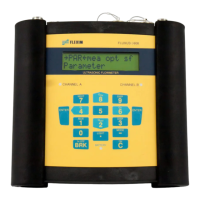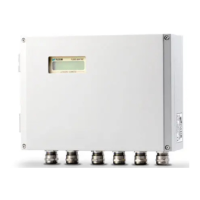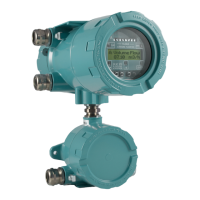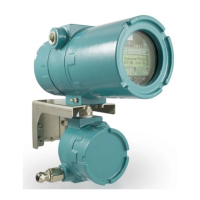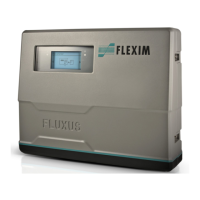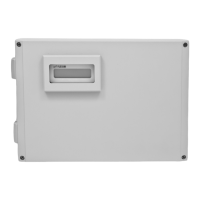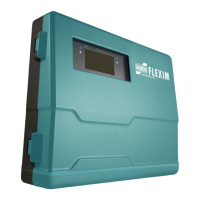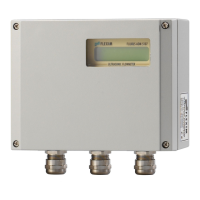22 UMFLUXUS_G6V4-2EN, 2011-03-29
FLUXUS G60x 5 Selection of the Measuring Point
5 Selection of the Measuring Point
The correct selection of the measuring point is crucial for achieving reliable measure-
ment results and a high measurement accuracy.
A measurement on a pipe is possible if
• the ultrasound propagates with a sufficiently high amplitude (see section 5.1)
• the flow profile is fully developed (see section 5.2)
• the influence of noise is sufficiently low (see section 5.3)
The correct selection of the measuring point and thus, the correct transducer positioning
guarantees that the sound signal will be received under optimum conditions and evaluat-
ed correctly.
Due to the variety of applications and the different factors that influence the measure-
ment, there is no standard solution for the transducer positioning. The correct position of
the transducers is influenced by the following factors:
• diameter, material, lining, wall thickness and shape of the pipe
• medium
Avoid measuring points in the vicinity of deformations and defects of the pipe and in the
vicinity of welds.
Avoid locations with deposit formation in the pipe.
The ambient temperature must be within the operating temperature range of the trans-
ducers (see annex B, section Technical Data).
Select the location of the transmitter within cable reach of the measuring point.
The ambient temperature at the location must be within the operating temperature range
of the transmitter (see annex B, section Technical Data).
If the measuring point is within an explosive atmosphere, the danger zone and gases that
may be present must be determined. The transducers and the transmitter must be ap-
propriate for these conditions.
5.1 Acoustic Penetration
The pipe must be acoustically penetrable at the measuring point. The acoustic penetra-
tion is reached when pipe and medium do not attenuate the sound signal so strongly that
it is completely absorbed before reaching the second transducer.
The attenuation in the pipe and in the medium depends on:
• kinematic viscosity of the medium
• proportion of liquid and solids in the medium
• deposits on the inner pipe wall
• pipe material
Attention! Observe the Safety Instructions for the Use in Explosive Atmo-
sphere (see document SIFLUXUS_608).
